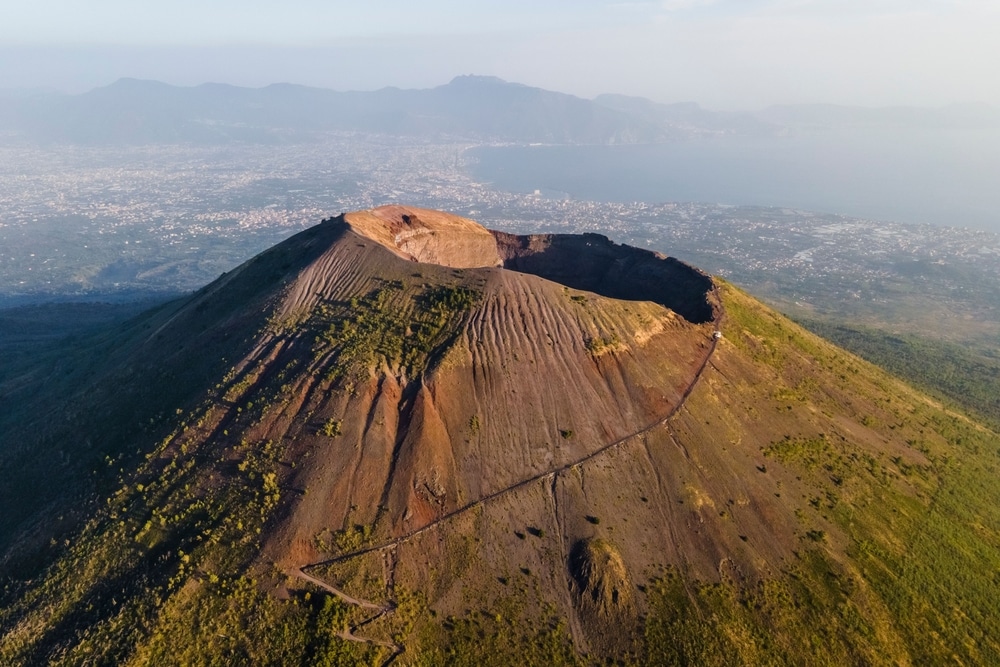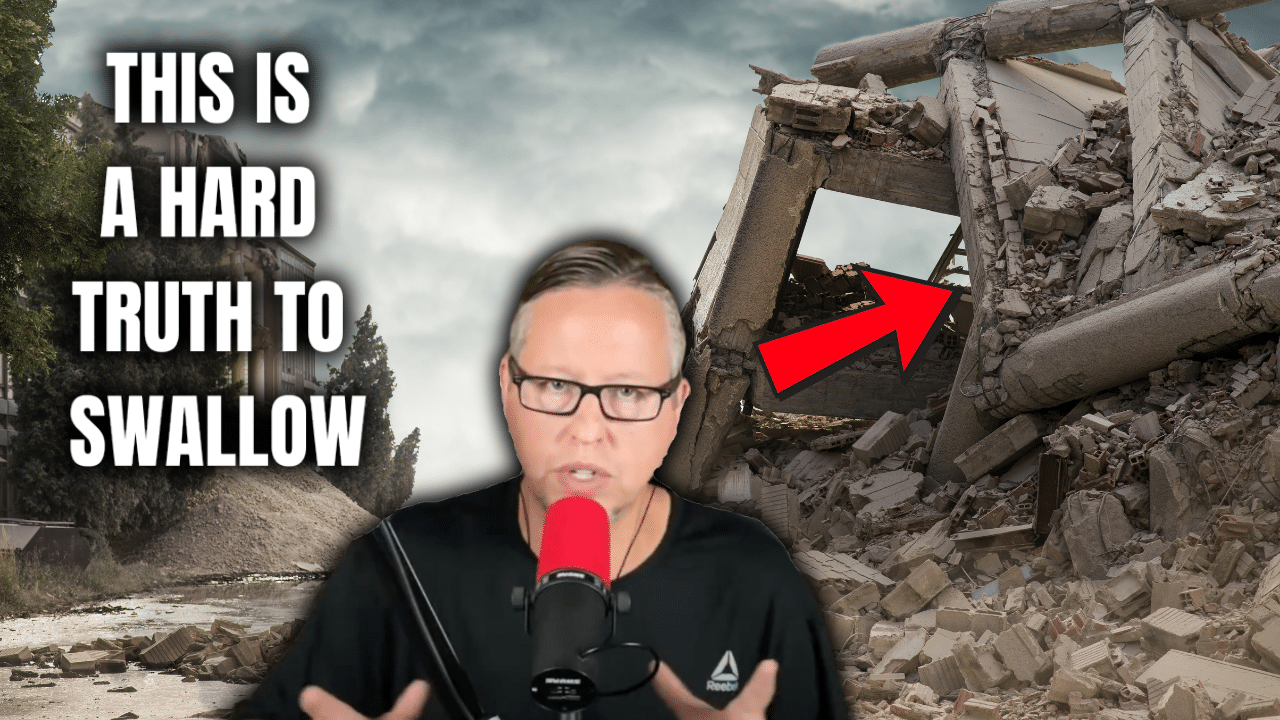Diners at restaurants around this tiny port streamed outside while moored boats and an eight-story crane began to sway. Some cats milled about, unfazed by the umpteenth tremor to hit this picturesque seaside town.
“You feel that? It’s nonstop earthquakes here,” said Luca Averna, a part-time fisherman, as he paused from working on his small boat during the 3.6-magnitude tremor. “We’re used to it, but that doesn’t mean we aren’t afraid.”
Pozzuoli, about 8 miles west of Naples, has had more than 2,500 earthquake tremors in the past three months. So far, few have been large, but residents are on edge: They live on top of a supervolcano, a classification given to about 20 of the world’s largest volcanoes. The constant earthquakes are a sign of volcanic activity deep underground.
Vesuvius, southeast of Naples, which destroyed Pompeii in the first century A.D., is the region’s most famous volcano. But modern volcanologists are far more worried about the cluster of low-lying craters around Pozzuoli known as Campi Flegrei.
The 80-square-mile depression is home to more than a dozen conical volcanoes, several crater lakes—and half a million residents. Another 800,000 people live just outside the depression.
In Campi Flegrei, like in Yellowstone and the world’s other supervolcanoes, the probability of a catastrophic eruption is low but not nil, said Alessandro Iannace, a geology professor at the University of Naples Federico II who wrote a popular geology book.
“The difference is that in Yellowstone, if you think the eruption is coming, you can send the tourists home and close the park for four years,” said Iannace. “You can’t do that with Campi Flegrei. There are just too many people there.”
Residents here get frequent reminders that they live on top of a slumbering giant. Hydrogen sulfide, with its distinctive smell similar to rotten eggs, often drifts into town from one of the craters, displacing the salty sea breeze.
“If you want to live in Pozzuoli, you have to learn to cohabit with the volcano,” said Roberto Marotta, who manages a clothing shop in Pozzuoli. “You’re always thinking about it, even when you sleep. If my wife moves in bed I jump up thinking it’s a quake.”
The frequent earthquakes are part of a phenomenon called bradyseism, the gradual rising or falling of a part of the earth’s surface caused by activity inside a volcano.
The area around Pozzuoli’s port has risen about 11.5 feet since the late 1960s, including more than 3 feet since 2014, according to Italy’s National Institute for Geophysics and Volcanology.
On a recent Sunday, authorities in Pozzuoli handed out pamphlets titled “I’m Not Risking It,” containing information on how to evacuate if an eruption appears imminent, and how to act in the aftermath of an eruption. Tips include thoroughly washing food that has come in contact with volcanic ash and not driving on ash-covered roads.
The authorities’ evacuation plans include identifying routes out of Campi Flegrei. Locals say the roads, which are often clogged with traffic on normal days, are too small to handle the crush of a full-scale evacuation.
“Everybody here knows the evacuation plan is inadequate,” said Claudio Correale, who heads a local cultural association that keeps an archive of photos and news clippings of past periods of volcanic activity. “But it’s probably not even necessary, because everybody will have left by the time the volcano erupts.”








